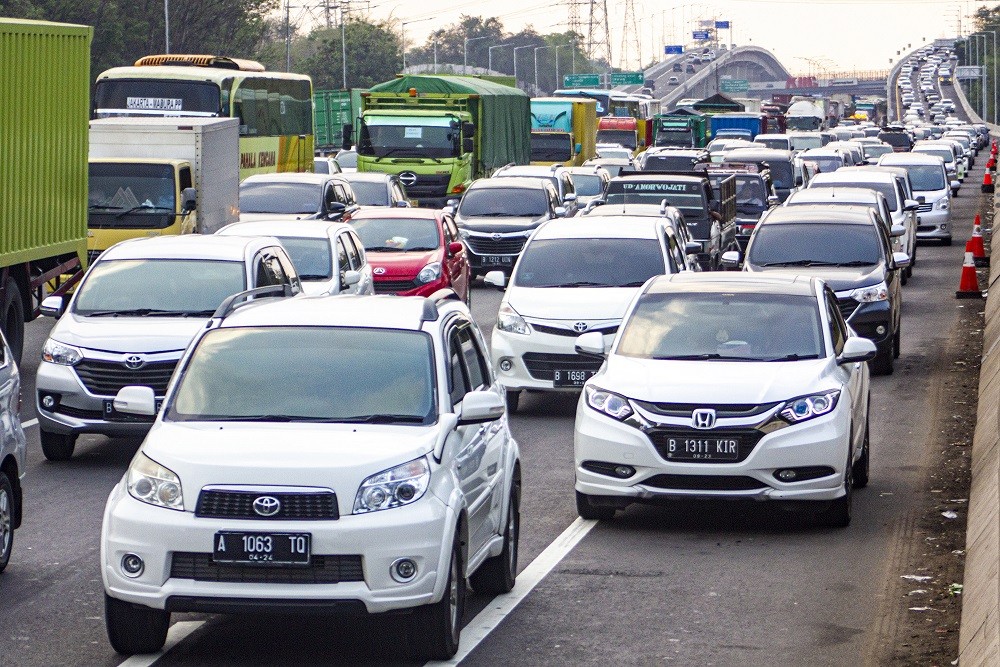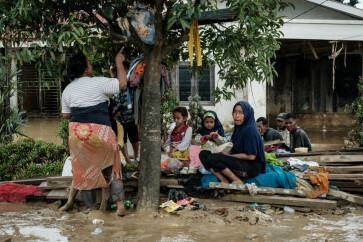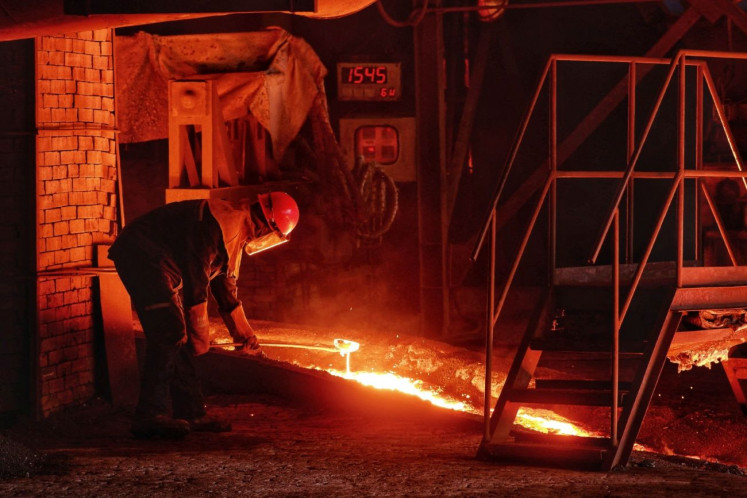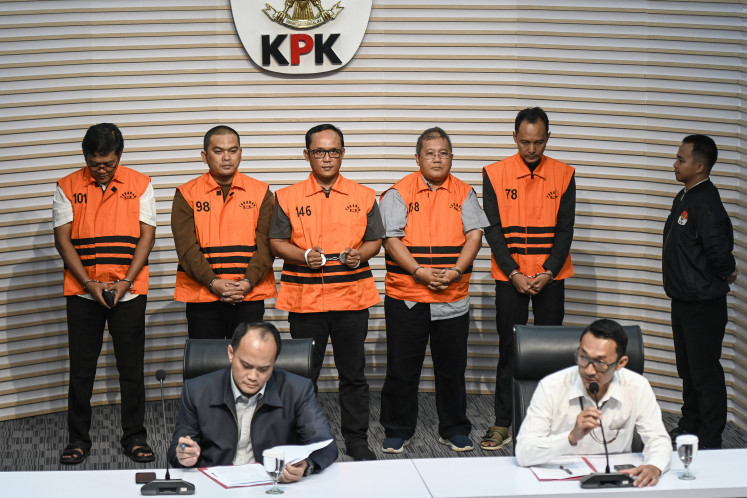Popular Reads
Top Results
Can't find what you're looking for?
View all search resultsPopular Reads
Top Results
Can't find what you're looking for?
View all search resultsGridlock-free holiday
At the end of the day, public transportation is the best answer to the routine traffic gridlock. That the story of congested flows during a holiday exodus repeats itself reflects the country’s low-capacity public transportation.
Change text size
Gift Premium Articles
to Anyone
I
ndonesian diversity is reflected to some extent in two holidaymaker exoduses that always top the agenda of the government, including the Transportation Ministry and the police. After the Idul Fitri homecoming ritual in June, the Christmas and New Year’s Eve break now underway is an event that saps the energy of the nation.
The newly inaugurated elevated toll road had been tipped as a panacea to the traffic gridlock that used to typify the Cikampek toll road underneath during an exodus. But it failed as was evident ahead of Christmas earlier this week. At certain times the elevated toll road was as heavily congested as the conventional turnpike, although some holiday revelers said the new section helped them reach their destinations faster — and cheaper because the road is free of charge during the Christmas and New Year holiday season.
On Wednesday evening the PT Jasa Marga toll operator reported a traffic standstill between Kilometer 56 and Km 52 heading to Jakarta. Many have vented their frustration and anger over the “same old story” of traffic jams, which according to a news portal forced at least one passenger to pee on the road as there was no way for cars to exit the elevated toll road to reach a restroom. Many others have complained about the wavy design of the new road and its bumps.
Such an inconvenient truth was well predicted. The elevated toll road has been said to reduce the burden of the old toll road by 30 percent. Jasa Marga forecast that 4.7 million cars would pack the trans-Java toll road during this year’s Christmas and New Year’s Eve holidays, up by 5.3 percent from last year.
The fact is the holiday exodus follows the law of supply and demand. The more toll roads are built, the more cars will hit the roads.
What the government can do is ease the congestion through a number of mechanisms and traffic arrangements. This time around Jasa Marga nearly doubled its mobile readers at its tollgates to anticipate the steep jump in the number of transactions. On certain sections the police have resorted to implementing a counterflow and when necessary one-way traffic would be a choice, as it was last Saturday.
For the sake of smooth journeys and safety during holiday exoduses, perhaps the government can realize its plan to emulate Jakarta’s odd-even plate number policy, which has been in place on some of the capital’s busiest streets on weekdays, or other traffic restriction measures. The government dropped the implementation of the policy during the Idul Fitri exodus last June, saying it was ineffective and less than practical.
At the end of the day, public transportation is the best answer to the routine traffic gridlock. That the story of congested flows during a holiday exodus repeats itself reflects the country’s low-capacity public transportation. Completion of double track projects along the northern and southern railway routes on densely populated Java is therefore pressing and key to help overcome the gridlock on the roads.










